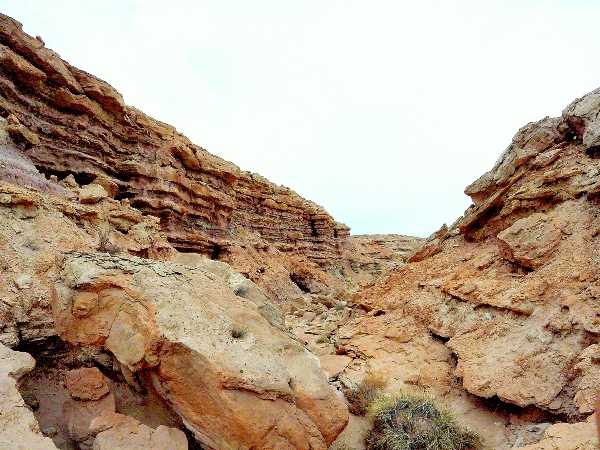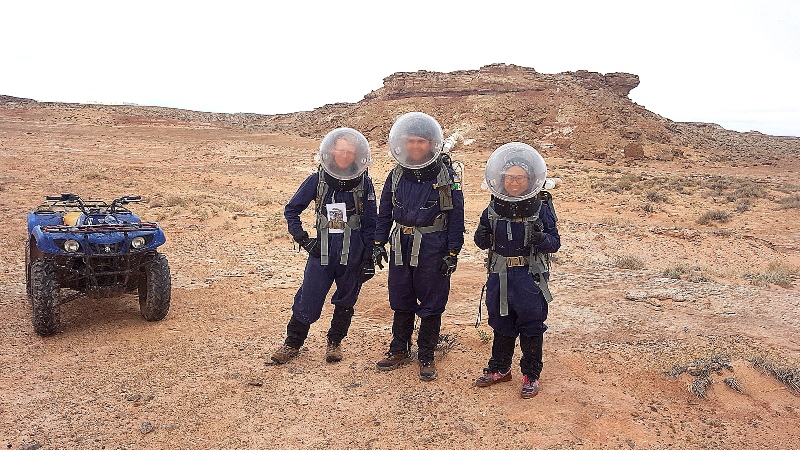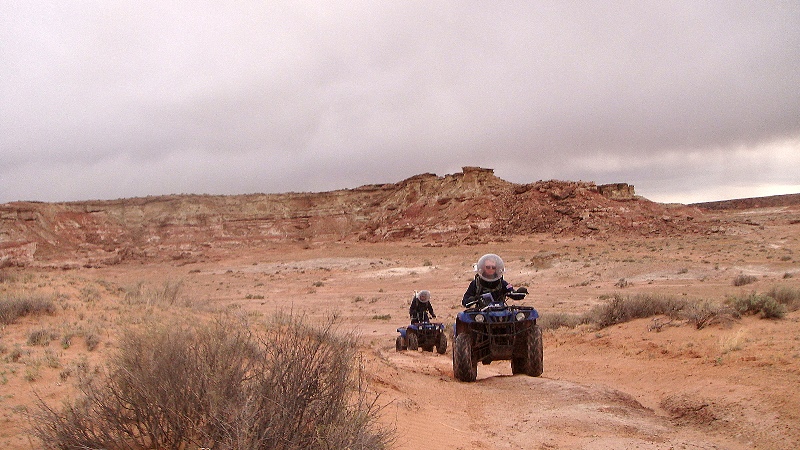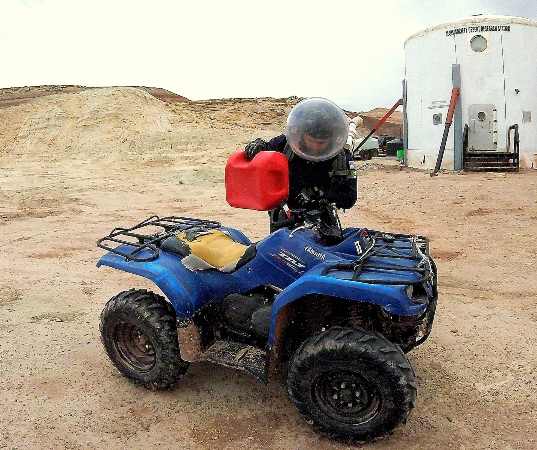Crew 177 Microbiology EVA
Dear Mars Society,
My name is Pitchayapa Jingjit (Pitch-cha-ya-pa Jing-jit). I am part of the crew 177 from McLennan Community College, Waco, Texas. I am a biologist and a photographer for this mission.
Aside from performing my microbiology EVA, I will also be collecting soil samples and bring those samples back to McLennan Community College in Waco, Texas. I will be performing soil dilution processes in order to extract bacteria, grow them in Petri dishes, and find their zone of inhibition. This will indicate the presence of bacteria producing antibiotics. The goal of my research is to find bacteria that produce unique and effective antibiotics.
Today, I began my microbiology EVA inside the HAB. I swabbed the HAB for the presence of Gram negative enteric bacteria and Gram positive staph bacteria. Enteric bacteria are related to diarrheal diseases. Staph bacteria are related to skin infections and pneumonia. Both bacteria cause diseases and illnesses.
I will be expecting to find both Gram positive and Gram negative bacteria growing on the tryptic soil agar (TSA) after incubating the samples. I will wait at least 24 to 48 hours for bacteria to grow in order to identify types of bacteria.
After I see that bacteria grow adequately on Petri dishes, I will start the gram staining process to identify the presence of both enteric and staph bacteria.
Please feel free to ask any questions, I will be happy to answer them for you.
Thank you for the facility.
Sincerely,
Pitchayapa Jingjit








